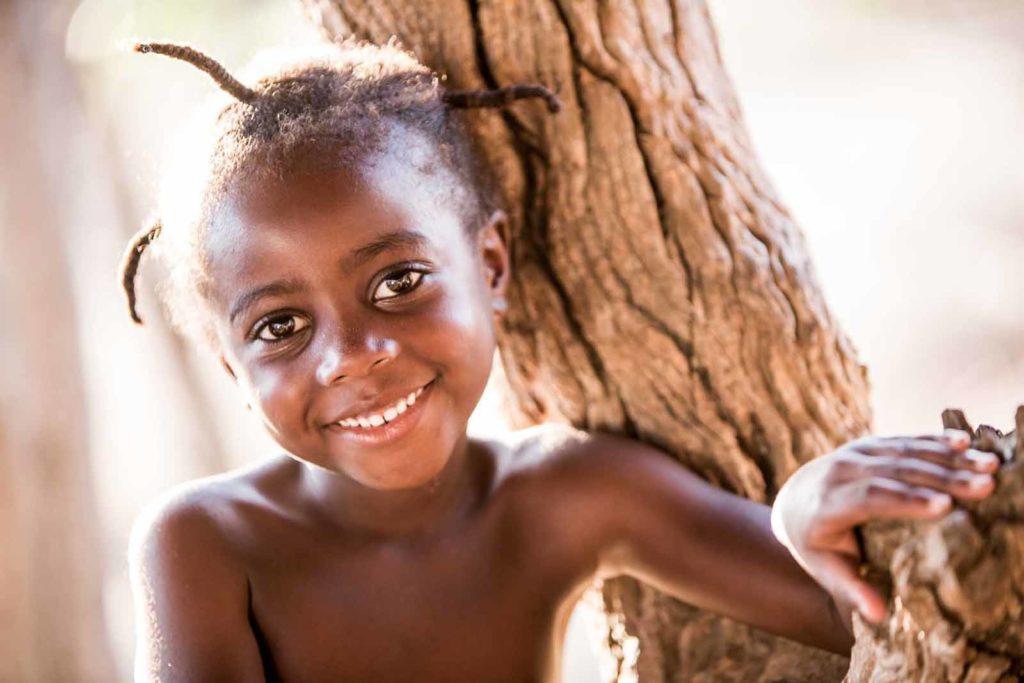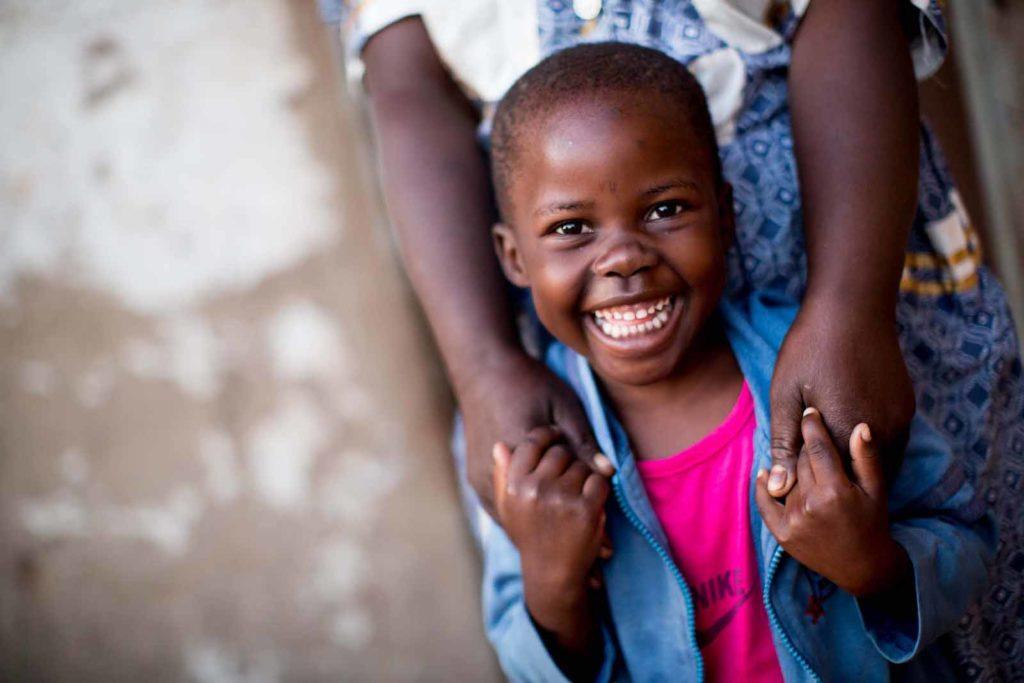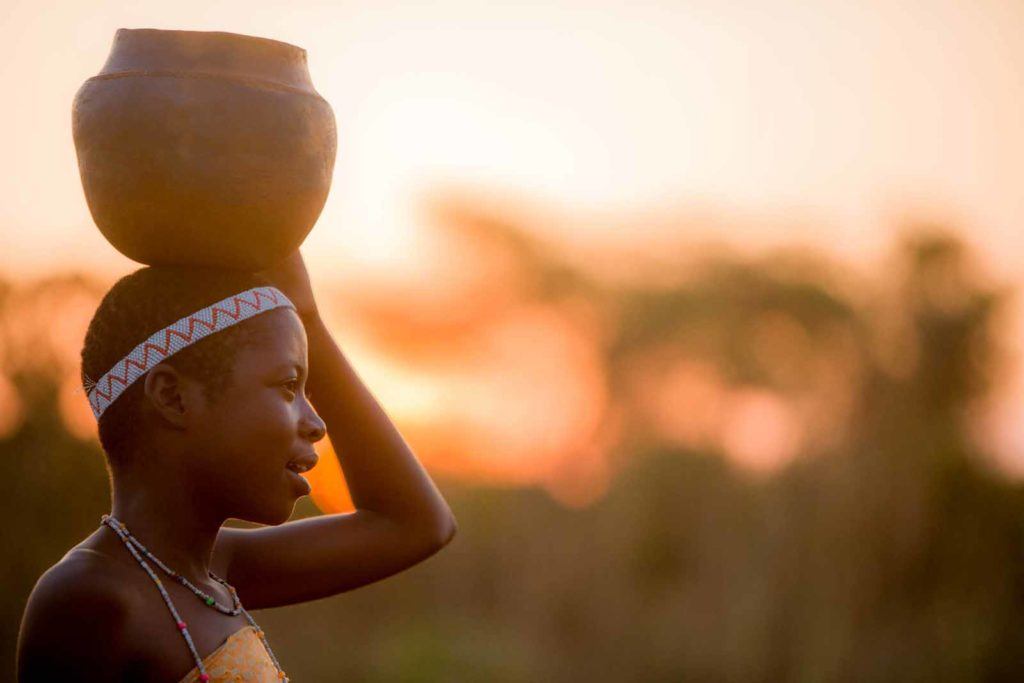Inspiring the Next Generation of Zimbabwe's Female Leaders
Singita Pamushana Lodge, recently reimagined along the lines of an ancient African palace, sits serenely overlooking the hills and valleys of the Malilangwe Wildlife Reserve in Zimbabwe. The 130,000-acre protected area and its rich biodiversity is managed by the non-profit Malilangwe Trust, which is also responsible for driving economic and social development in the surrounding communities. The objective of the latter reflects Singita's own community partnership strategy, which seeks to make the existence of the reserve of benefit to the people living alongside it.
 The Malilangwe Wildlife Reserve, Zimbabwe
The Malilangwe Wildlife Reserve, Zimbabwe
One of the aims of the Malilangwe Trust is to make a material and lasting contribution to the development of the Zimbabwean Lowveld economy, particularly that of the communities located across the eastern and south-western boundaries of the reserve. One of the projects bringing this goal to life is the Girl Child Empowerment Trust (GCET), which was formed in 2012 as a result of the need for an empowerment forum for young women in the region. The GCET is designed to engender consciousness and active participation in the upliftment of the girl child, raising awareness of issues impacting girls and creating a common platform for communicating their needs. It is hoped that the result will be a generation of girls who are confident, socially adjusted and economically empowered.

The specific objectives of the GCET are:
- To empower the girl children and advocate for their personal and reproductive health rights
- To provide psycho-social support to the girl children
- To provide learning and training opportunities for the girls
- To explore synergies and network with other organisations with similar mandates
In order to achieve these aspirations, the GCET hosts training workshops and topical discussions, undertakes research, advocacy and capacity building of issues affecting the girl child, authors educational leaflets and flyers, visits local schools and community social centres and develops a sharing platform to promote discussions and contributions between members. One example of these plans in action is the GCET working with schools in the Chiredzi District adjoining the Malilangwe Wildlife Reserve to encourages girls to complete their secondary education, with a view to pursuing a tertiary qualification after completing high school. By making the achievement of a diploma or degree a realistic goal for these young women, GCET is broadening their horizons well beyond their rural homes, where career development is often stunted by a lack of education and opportunity.
 Singita Pamushana Lodge
Singita Pamushana Lodge
The organisation also holds two annual conferences; one for the primary schools and the other for the secondary schools. This year's event saw 32 girls from ten rural primary schools in Chiredzi converging at Hakamela Camp for a four-day health conference. Topics on the agenda included domestic violence, issues of sex and gender, child rights and responsibilities, female sexual health, family planning, career development and self motivation. Accommodation, food and transport was funded by the Malilangwe Trust, who also supplied all the participants and staff members with commemorative t-shirts.

The Malilangwe Trust and GCET have a fundamental understanding that empowering African women and girls in the spheres of economics, education, human rights and politics has significant advantages, both for the women and their families and for their culture as a whole. As a result of these benefits, as well as the importance of ensuring that the rights of women are upheld, female empowerment has become an important part of the sustainable development goals for Singita and its partners. By championing gender equality and supporting the aspirations of the female population, these organisations are tapping a resource with untold potential for the prosperity of our continent.

The balance of the conservation work undertaken by the Malilangwe Trust in Zimbabwe focuses on harmonising biodiversity and ecotourism. These initiatives include a feeding scheme which benefits 19,000 school children every day, preserving the cultural heritage of indigenous tribes through an educational "living" museum and growing the rhino population in the reserve to allow these endangered animals to be relocated to areas where the species was previously poached to extinction. You can make a meaningful contribution to the success of these projects by donating to the Trust or one of its specific projects here.